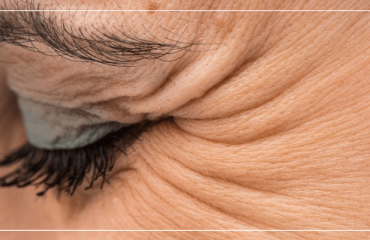Rhinoplasty is a type of plastic surgery that changes the size, shape, and structure of your nose.
Commonly called a nose job, the surgical procedure can reduce a prominent bump, narrow a wide tip, straighten a crooked bridge, or make your nose more proportional to the rest of your facial features. It can also help you breathe more easily.
I perform rhinoplasty under general anaesthesia.
What’s the difference between an open and closed rhinoplasty?
There are two primary nose job approaches: open and closed. The main difference between an open and closed rhinoplasty is that in an open rhinoplasty, a small incision is made on the underside of the nose. With a closed rhinoplasty, all of the incisions are located on the inside of the nose.
I usually use open technique; but, depending on the anatomical structure of the nose, for some patients I also use the closed technique. To shape the bone, I use ultrasonic devices (piezoelectric devices) as they reduce swelling and bruising.
What happens during rhinoplasty recovery?
Rhinoplasty recovery time is one to two weeks. Most patients are back to work in 10 days. You can expect swelling, bruising, and a clogged-nose feeling. Once the cast is removed, stuffy feeling will dissipate.
Keep your head elevated and sleep on a couple of pillows for one to two weeks post-op, to help the swelling go down.
Skip the glasses for approximately 1-1,5 months post op. After the nose splint is removed, about a week after surgery, tape your glasses to your forehead or prop them on your cheeks.
Eat the right foods. For the first day or two, stay away from spicy or salty foods, which can make swelling worse.
Apply cool compresses for the first two to three days.
Resist the urge to blow your nose, which can rupture stitches. If you have to sneeze, do it with your mouth open.
Avoid strenuous activities for the first two weeks and sports where you can get hit in the nose for at least three months.
How long does swelling last after rhinoplasty?
After the procedure, there may be swelling around the eyes and the face. This swelling begins to decrease rapidly after 48-72 hours. The swelling on the face usually subsides within 7-10 days.
The swelling in the nose and its surroundings will go down considerably within 1,5-2 months. You can see the final shape of the nose after 6 months. It may take up to 1-1.5 years to see the final shape.
How long do rhinoplasty results last?
Nose job results are permanent, aside from the normal changes that come with the aging process.
What’s the difference between a rhinoplasty and septoplasty?
Rhinoplasty surgery is sometimes combined with septoplasty—the surgical correction of a deviated septum, a condition where the wall between your nasal passages is crooked.
A septoplasty is performed to improve breathing, while a rhinoplasty is usually performed for aesthetic reasons.
Both procedures can be done simultaneously, under one anaesthetic and with one recovery period.





You must be logged in to post a comment.